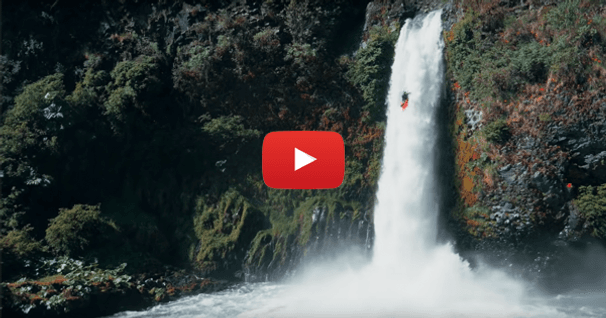Packrafting in New Zealand with Barny Young
Interviewed by Kokopelli Packraft. Photographs by Barny Young and Peter Williams.
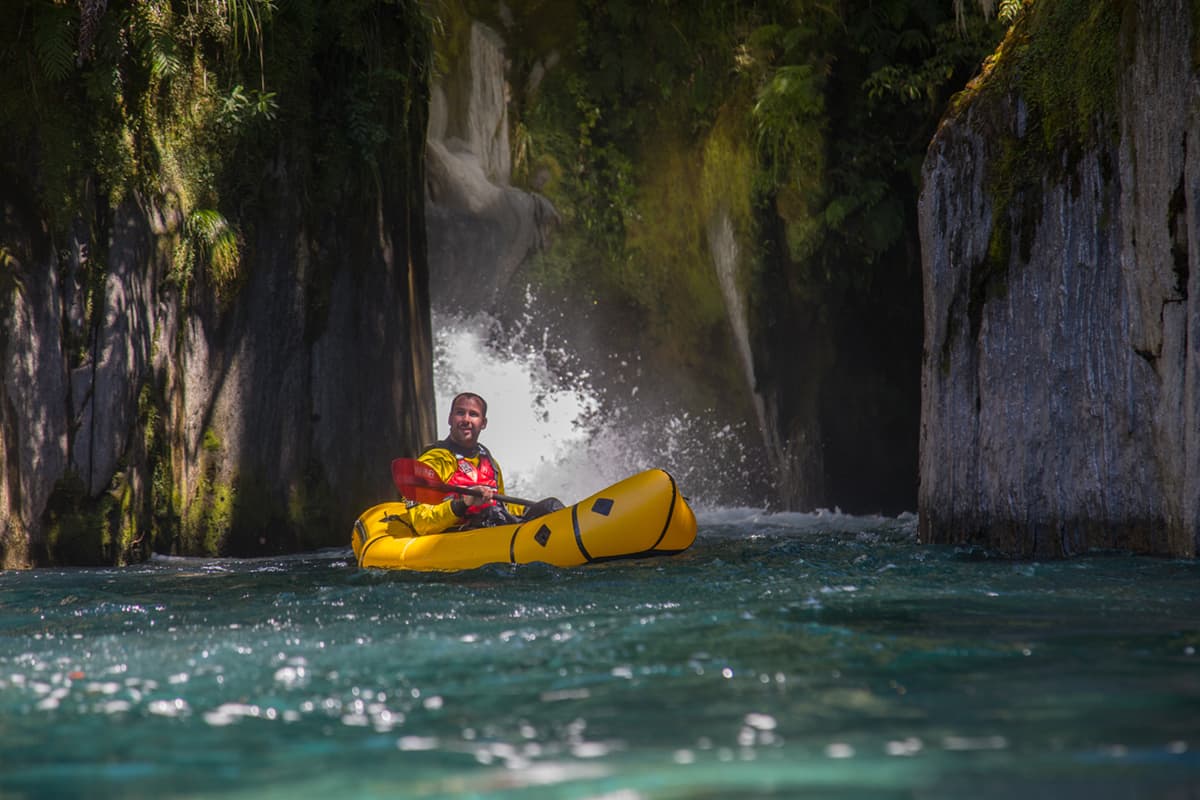
Barny Young is an extreme kayaker from the South Island of New Zealand who’s been kayaking since he was 15 years old (over half his life). His favorite thing about kayaking is the ability to explore epic, hard-to-reach places with his best mates. On his explorations he tends gravitate towards long, challenging multi-day river or gorge trips. We sent Barny a Nirvana Self-Bailer and Rogue with a Spraydeck to test the waters and asked him a few questions about his first time packrafting, his favorite adventures and more.
1. What river in New Zealand did you run with the packrafts?
Whataroa, Westcoast, New Zealand
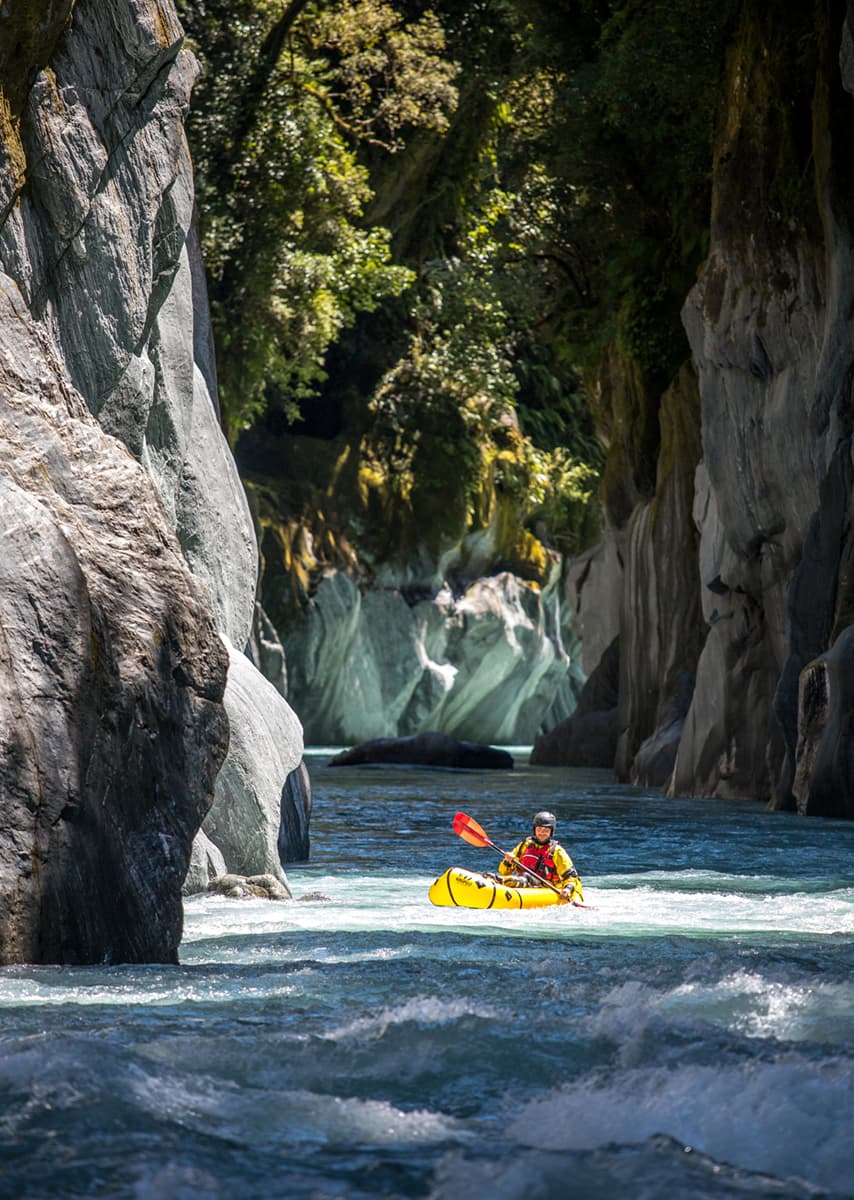
2. What are the first three differences you discovered between kayaking and packrafting?
1. Packrafts are very stable due to their width but once you flip it’s harder to roll up versus a kayak which is a lot more narrow and less stable but if you do flip it’s much easier to roll up.
2. Packrafts are small, lightweight and easy to carry - the biggest limiting factor for a kayak is its size, making it very hard to travel with (planes) and carrying a kayak more than a few km becomes very difficult not just because of the weight but their size makes them very awkward to carry on rough terrain or through bush.
3. Whitewater kayaks are more streamlined and rigid making them faster and more dynamic and playful than a packraft.

3. What are your first thoughts on the Kokopelli Nirvana Self Bailer?
I was pretty stoked on this boat. Putting it on the river for the first time I was definitely pretty skeptical and thought I might find myself having to portage a few rapids that I would normally easily run in a kayak. However, I was very quickly blown away with just how easy it was to control, and whip in and out of eddies this boat was, and I was even able to get it up on edge and boof it (a move where you do a late stroke to lift the nose of your craft up and over a hole or hydraulic). All in all I was very impressed with this boat and would feel confident paddling it on some technical class 4 whitewater which is pretty remarkable considering its size and weight.
I also found the T-zip an amazing feature and an ingenious way for storing gear.
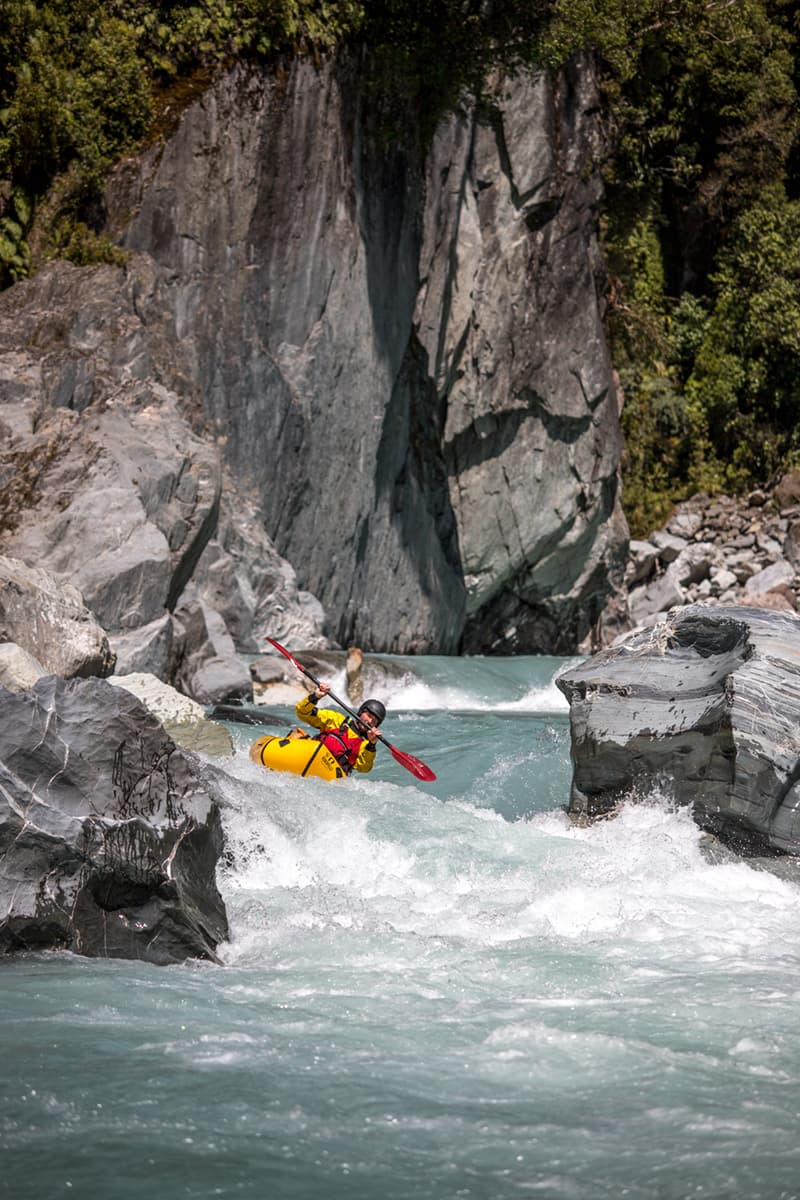
4. What are your first thoughts on the Kokopelli Rogue?
Remarkable boat, obviously the spraydeck is great for keeping water out and I love this feature because as a kayaker this is what we are used to.
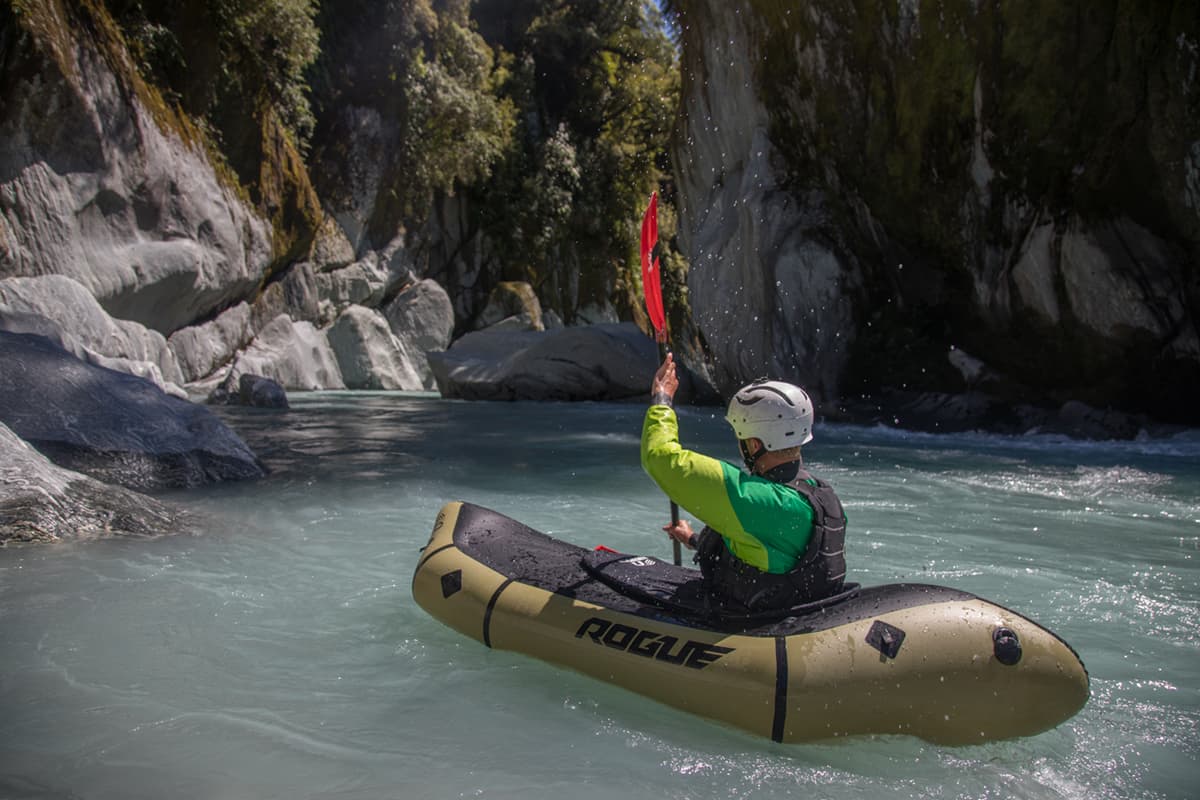
5. Kokopelli Nirvana Self Bailer or Rogue? Why?
Nirvana Self Bailer - A lot more space for storing gear on top and the thigh/knee braces gave me more control in it, I also loved the added feature of the T-zip (this feature is available on both boats).
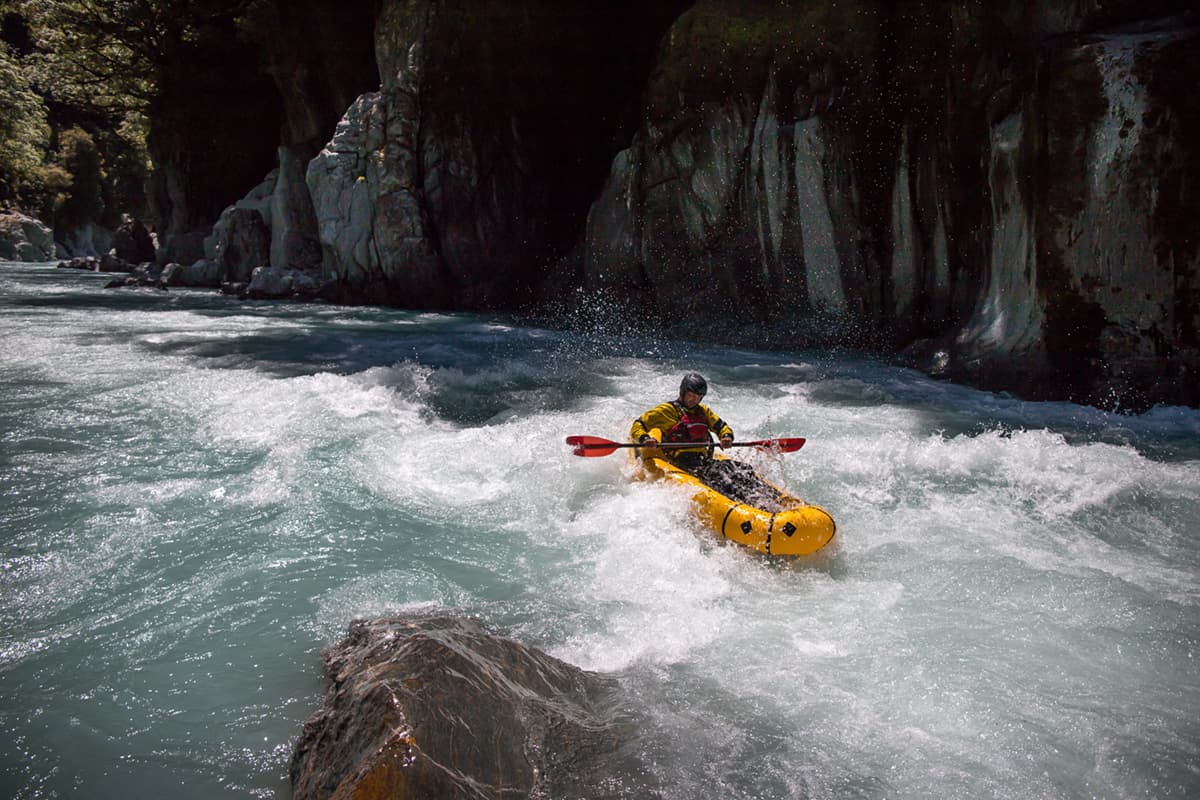
6. What are the advantages of exploring with a packraft versus a kayak?
The main advantages of exploring with a packraft over a kayak all come down to size and weight. Because they are so light and pack down to the size of a sleeping bag packrafts are an awesome tool for many missions where carrying a kayak is either to difficult / not feasible or for adventures that are multifaceted (i.e an adventure where most of the trip involves hiking but there might an epic ice lake or gorge to explore somewhere enroute). A packraft is also great for taking friends out on easier missions as a kayak is not only difficult to carry but has a steep learning curve making it hard for beginners to jump right into it without building up the skills first.
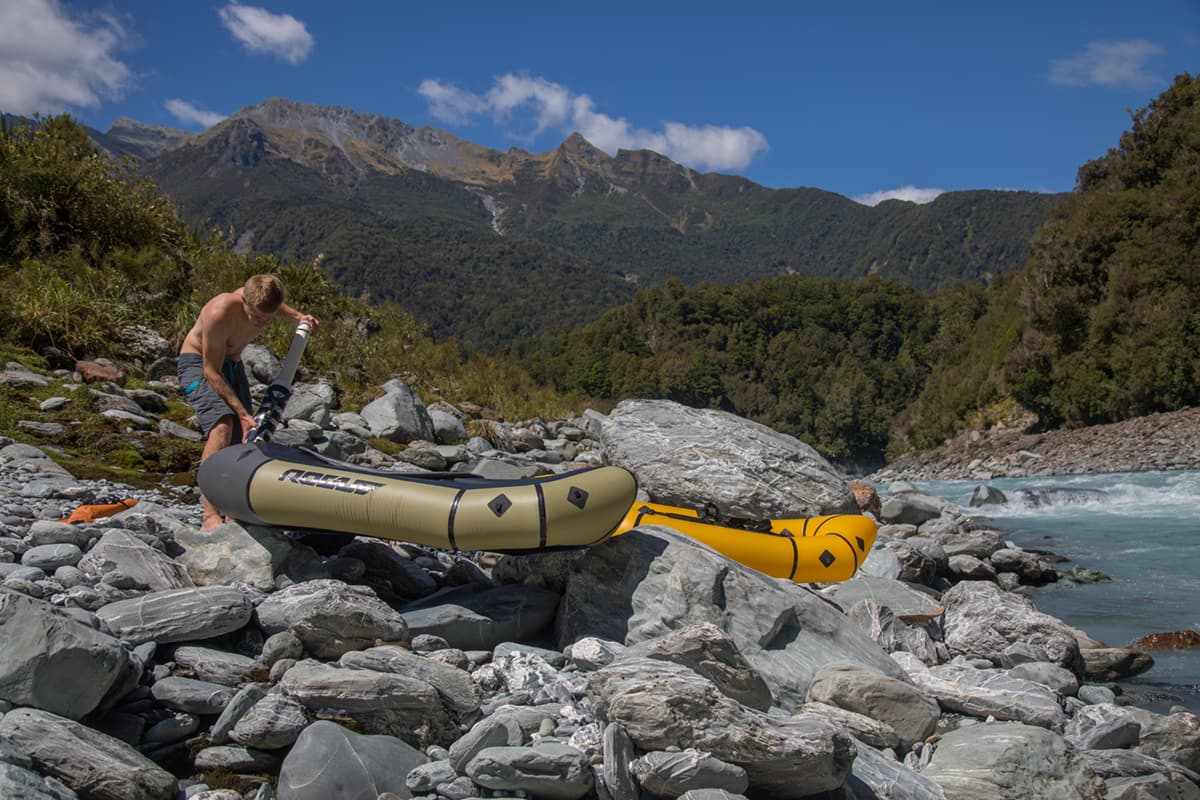
7. In what situation would you take a kayak over a packraft?
For harder whitewater I would personally always choose a kayak over a packraft because it is just far more maneuverable, faster and makes picking your line much easier. The trips I would use a packraft for are trips described above where either a long walk is involved or taking friends who have no experience for a fun adventure to explore some of our epic backyard.
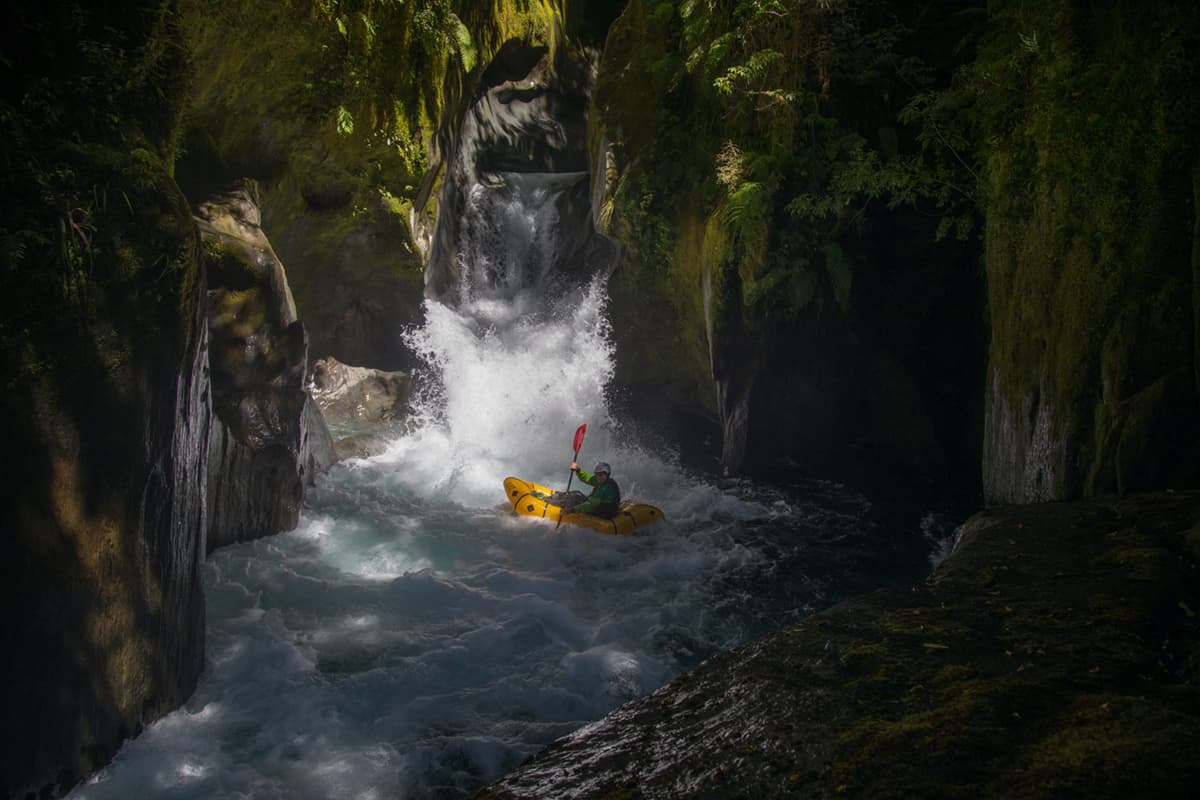
8. What's the best paddle adventure you've ever been on?
Stikine: The Stikine in BC - Canada is one of the most amazing trips I've ever done. Generally done over 3 days this 80km class 5 big water run cuts through some amazing gorges in the heart of far north BC. The paddling wildlife and seclusion are amazing.
Upper Hokitika River: Mungo section. This run is one of my home runs in New Zealand, Although due to its relatively small flow window and commitment factor coupled with the need for a helicopter to access it, we still don't get into it a lot. What makes this run so special is the pristine clear, drinkable water and the stunning, sheer-walled gorges with cascading waterfalls dropping in that you float through. The locked in gorges also mean the only access is via kayak meaning many of these gorges have only been seen by a lucky few.

9. What are three items you always pack when you going for a paddle?
1. A 1.5m long sling with a carabiner (Great for rescues, lowering boats, etc. Also important to make it at least 5m so it can be used to make a harness if you need to abseil anywhere)
2. Throw-bag
3. Foldable river knife
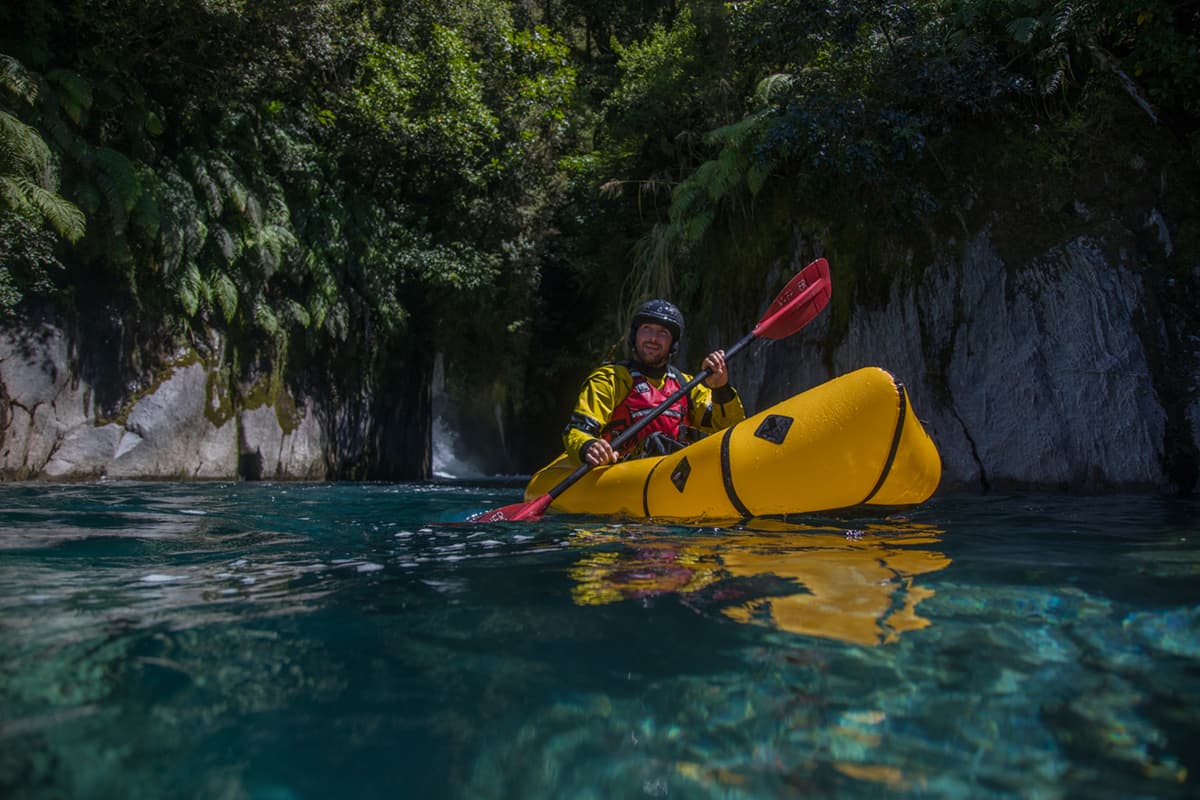
10. You're going packrafting on a Class II river with someone who's brand new to paddling. What are two tips you'd offer that person to make their introduction to adventuring on the water smoother?
First, if in doubt, paddle hard out.
Second, try to keep your packraft pointed downstream and you'll be much more stable.
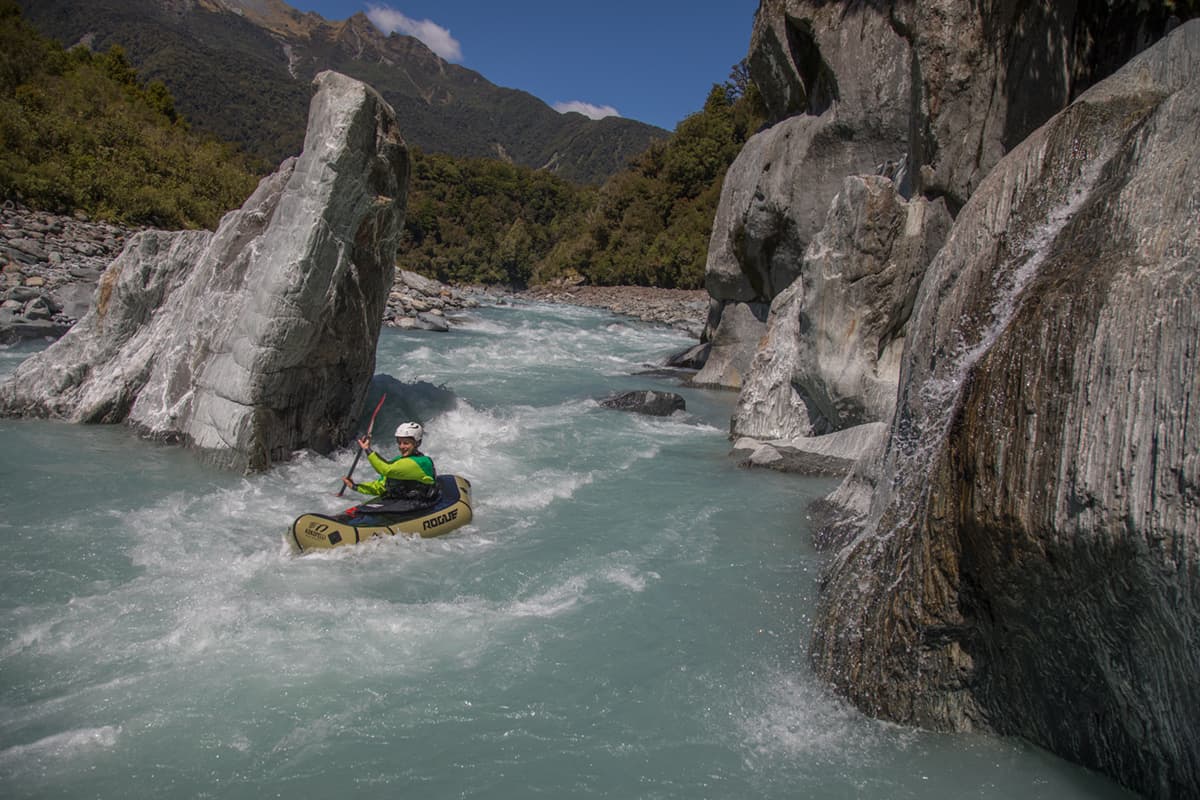
11. How do you discover or come across the places you decide to paddle, explore, and adventure in?
Normally through recommendations from friends or rivers that we have previously paddled. However, if we’re looking for first descents generally we will use a lot of google maps these days and look for rivers that have a mix of the right amount of gradient and plenty of tributaries feeding them so that there will be enough water.
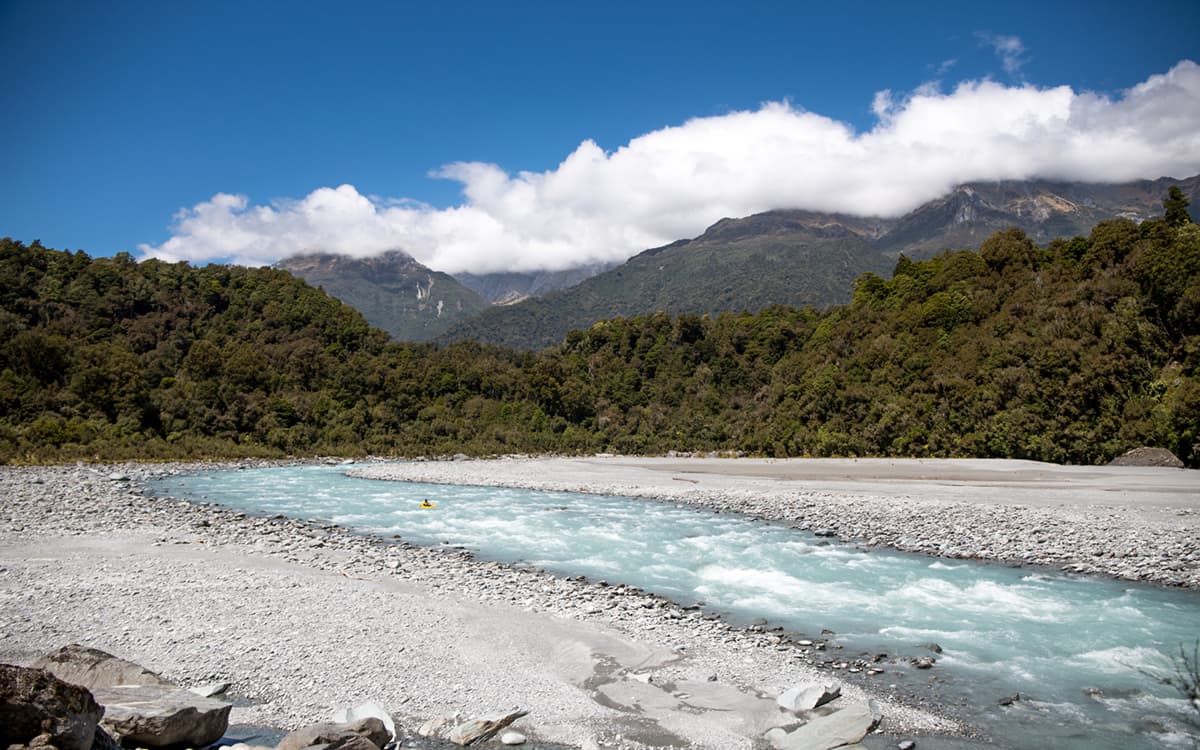
12. What was the hardest (or most important) thing to learn in regards to paddling rivers above Class III?
The most important thing to learn for class 3 and above is it’s all about breaking the rapid down into plenty of bite sized pieces and always having a plan b. Catching eddies is the important skill that helps you break rapids down and if you want to progress from class 3-4-5 it’s all about catching as many eddies as you can on your local run and making those eddies harder and harder. If you feel confident catching every eddy on your local run then it’s a good sign your ready to progress!
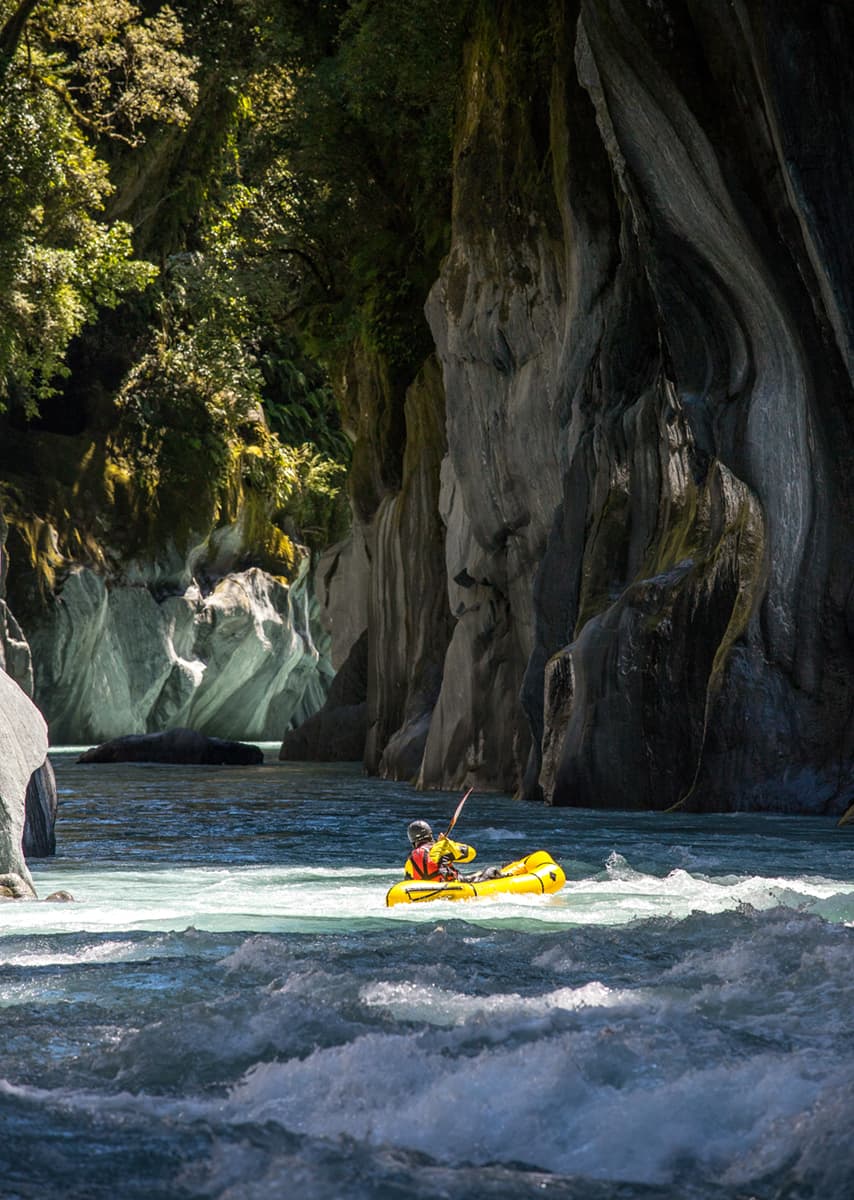
BONUS: What’s something others don’t know about you?
I'm the son of a preacher man, school teacher but also like to win the party.
For more on Barny, check out his instagram.
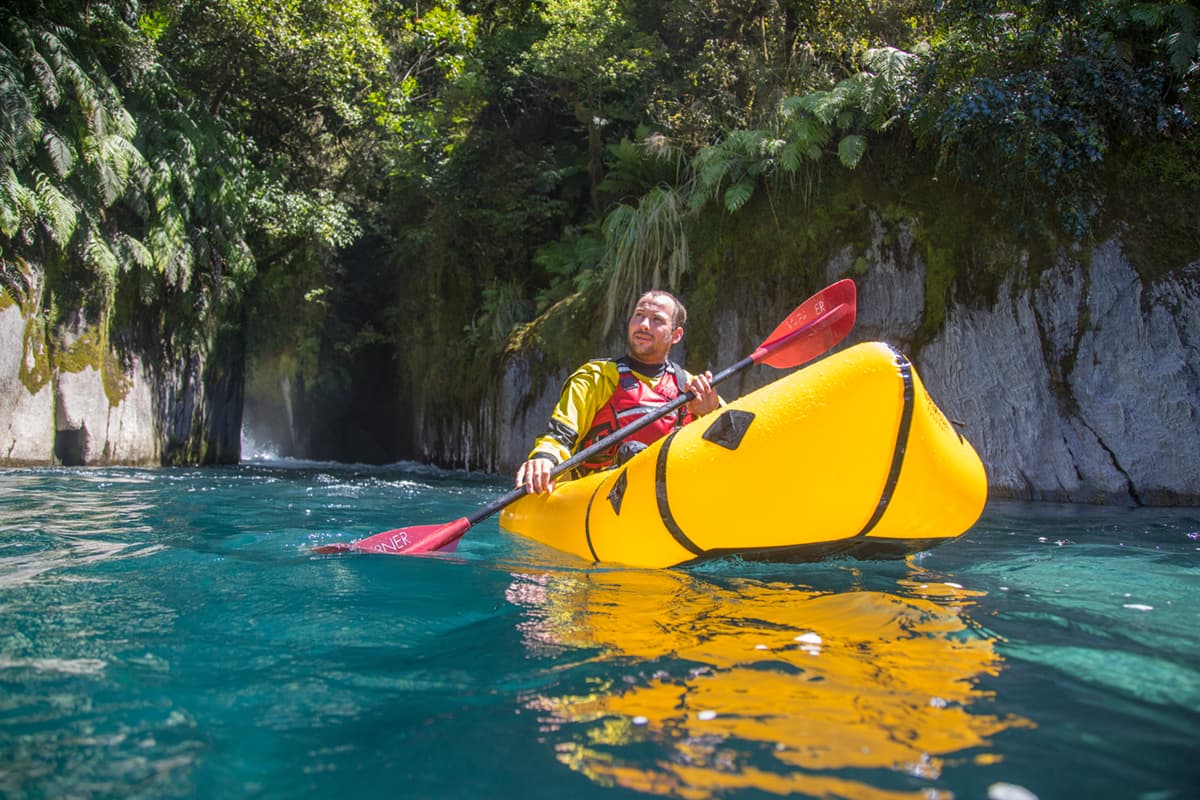
Related Articles
Watch the winners reel of the 2019 Kayak Session Short Film of the Year Awards. The paddlers in these…
"During December in northern Norway the sun never rises above the horizon. The long polar night…
Earlier this month, I was given the opportunity to travel to Glover’s Reef Atoll - a protected…
Although paddling rivers and lakes is amazing, there is something about the ocean that sets it apart.…
